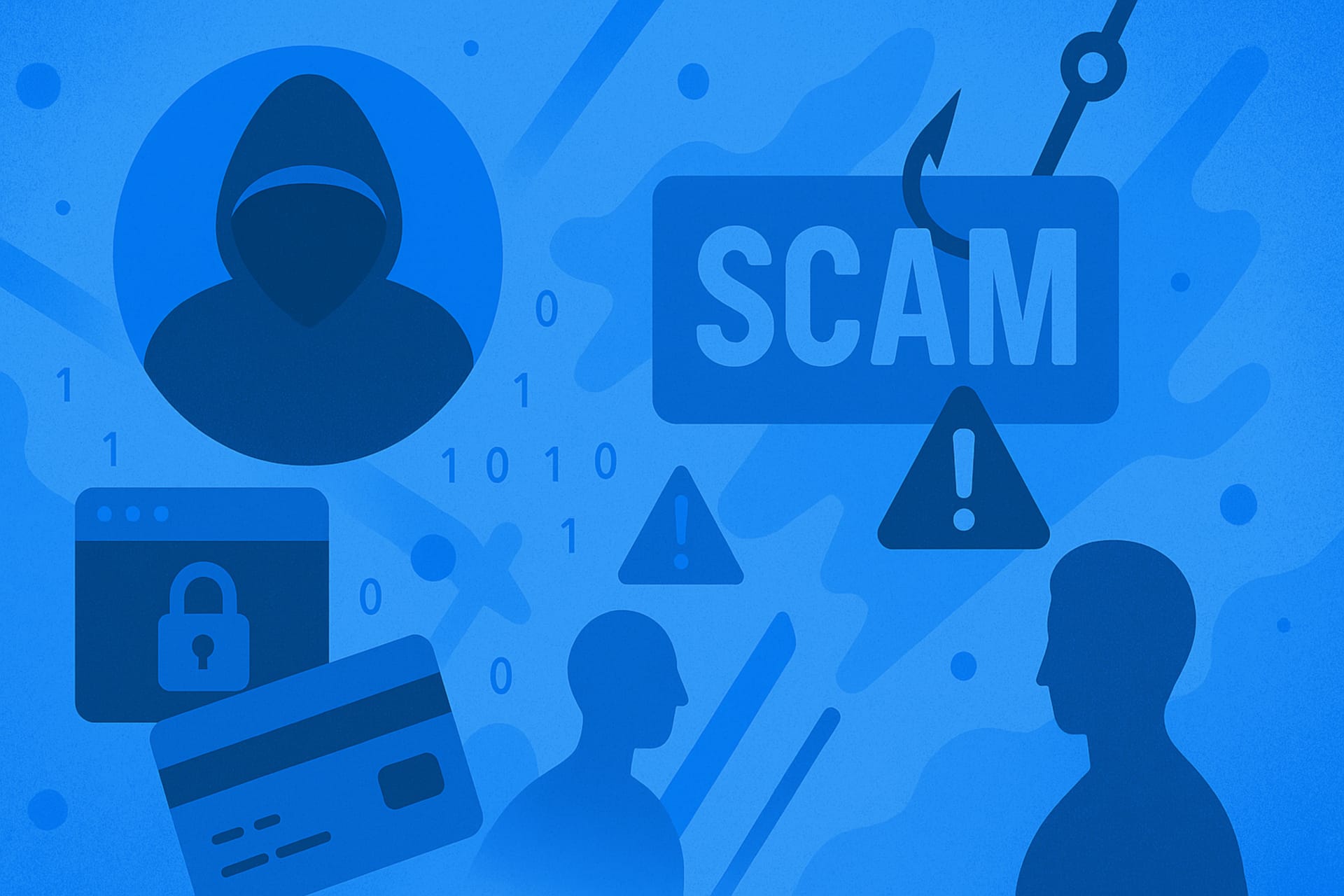What Is a ChatGPT Agent and How Small Businesses Can Use It to Save Time and Money

You’ve likely used ChatGPT to draft an email, brainstorm ideas, or quickly summarize a long document. But recently, another term has started gaining attention: ChatGPT agent.
So, what exactly is a ChatGPT agent? How is it different from regular ChatGPT? And more importantly, can a small business actually use one without needing a developer or tech team?
The short answer is yes.
In this article, we’ll walk you through what a ChatGPT agent is, how it works, and how even solo entrepreneurs or small teams can start using one to save time, reduce admin, and stay organized.
More and more small and mid-sized businesses are already doing just that. Recent data shows that over 60% of mid-sized companies have adopted AI agents for tasks like customer service, operations, and content management. And among smaller businesses, those with under 100 employees are more likely to use AI agents company-wide than larger organizations.
ChatGPT agents aren’t designed to replace humans, they’re here to support everyday work in simple, practical ways. Whether it’s following up with clients, sorting emails, or preparing reports, they help business owners stay focused on what really matters. And because they’re flexible, they can be tailored to your needs with no complicated setup required.
What Is a ChatGPT Agent?
A ChatGPT agent is a more advanced version of ChatGPT — one that doesn’t just respond to questions, but can actually perform tasks on your behalf.
You can think of it as a digital assistant that understands a specific role, follows instructions, and takes real steps to get things done. Depending on what you allow, it can access tools like your calendar, email, or documents to help you stay on top of your work. What makes it different is that it doesn’t need you to guide it through every step. Once set up, it can work independently toward a goal.
Many small businesses are using agents to fill different roles — whether it’s helping with admin work, handling customer support, managing projects, or taking care of marketing tasks. You can shape an agent to fit your business needs, almost like bringing a helpful team member on board — but without adding to your payroll.
Related: How to Use ChatGPT for Your Small Business: What to Know and Where to Start
How Is It Different from Regular ChatGPT?
With regular ChatGPT, you start a conversation and get a response. It’s helpful, but it needs your input every time.
A ChatGPT agent is more proactive. It follows your instructions without having to ask again. It can use tools, remember what it’s doing, and work toward completing a task on its own.
Here’s a quick comparison:
|
ChatGPT |
ChatGPT
Agent |
|
One
question, one answer |
Works toward
a task or goal |
|
Needs you to
steer the conversation |
Can take
initiative based on instructions |
|
Doesn’t
remember things unless you tell it again |
Remembers
purpose and uses it |
|
No tools (in
the free version) |
Can use
tools like code interpreter, web browser, or APIs |
This means an agent can do more: it can be your assistant, your project support, or your follow-up machine — depending on how you set it up.
Related: How to Use ChatGPT for Your Small Business: Practical Prompts for Everyday Work
What Can a ChatGPT Agent Do for Your Business?
If you’re running a small business, you likely handle many different tasks yourself from admin to marketing to customer support. A ChatGPT agent can take some of that weight off your shoulders by managing the repetitive, day-to-day work that often eats up time.
Let’s look at what that might actually mean in practice.
When it comes to admin, your agent could send invoices, follow up on late payments, check your calendar for open slots, or help organize client files so everything stays in order.
- On the marketing side, it can write and schedule social media posts, help plan your content calendar, or draft early versions of blog articles and email campaigns.
- Customer communication is another area where an agent can step in. It might answer frequently asked questions, draft personalized follow-up emails after meetings, or help collect testimonials and reviews from happy clients.
- If you’re trying to build smoother internal systems, agents can help there too. They can write onboarding documents for new team members or collaborators, generate weekly status updates, or track recurring tasks and deadlines so you don’t have to keep everything in your head.
If there's a task you repeat week after week, chances are you can train a ChatGPT agent to do it — and do it consistently.
Inspiration: What Other Business Owners Are Using ChatGPT Agents For
ChatGPT agents are no longer just an experimental tool, they’re being used every day by businesses of all sizes to solve real problems and save time.
In 2025, 62% of mid-sized businesses report using AI agents in at least one department. But it’s not just the big players. Companies with fewer than 100 employees are more than twice as likely to adopt AI agents across their business than those with over 500 people.
Here’s a look at how different industries are putting ChatGPT agents to work — and where small businesses are leading the way.
Customer service is still the top use case. Across all industries, 66% of companies use AI agents to help with customer support. In e-commerce alone, over half of companies rely on them to answer product questions or provide real-time updates on order status. Clinics and healthcare providers also use them to book appointments or summarize patient notes after a consultation.
Content tasks are a close second. AI agents are increasingly trusted to handle day-to-day content needs. For example, 59% of marketing agencies now use agents to help with tasks like social media writing and content planning — a much higher rate than in traditional publishing. In content marketing, nearly half of teams use agents to repurpose blog posts into captions, newsletters, or video scripts.
Back-office support is growing fast. AI agents are now used in 54% of logistics companies for tasks like data entry, and by 41% of finance firms for monitoring compliance. In HR departments, they help screen job candidates, handle internal announcements, and even support onboarding, with 41% of HR teams now including AI agent usage in their training materials.
Specialized fields are adopting fast. Legal professionals are also finding value in agents, with 57% using them to draft and organize documents. In healthcare, AI agents are used not just for scheduling, but also for creating summaries of medical notes — helping teams spend less time on paperwork. Even in education, teachers are beginning to rely on agents to help with lesson planning and communication with parents.
Remote workers are leading adoption. Interestingly, 58% of remote workers say they rely on AI agents regularly — far more than their in-office colleagues. For small business owners working from home or on the move, that flexibility makes agents even more appealing.
Related: Should You Let AI Train on Your Business Content? Pros, Cons, and How to Opt Out
How Much Does a ChatGPT Agent Cost and How Much Can It Save You?
A ChatGPT agent doesn’t require a big investment to start. You don’t need to hire a developer or buy expensive tools. Many features are available in ChatGPT’s Team or Enterprise plans, which allow you to create agents, connect tools like browsers or code interpreters, and give your agents instructions they can remember over time. The setup is simple and doesn’t require any coding skills. You just tell the agent what you want it to do, step by step.
But what about cost savings?
Businesses that spend under $500 per month on AI agents are seeing strong returns — in fact, their average return is 3.8 times their investment. Even larger businesses spending over $2,000 monthly report a 2.4x return.
In real terms, agents are already reducing costs across departments. Marketing teams, for example, have been able to cut outsourcing costs by 31% by using agents for content creation and planning. In IT, companies report an 18% drop in costs thanks to automation and fewer manual tasks.
Some startups have gone even further. Nearly half (46%) say their AI agent subscriptions have replaced at least one other paid tool, helping them streamline software costs and avoid duplicate expenses.
Customer support is another area where savings add up quickly. Businesses that use AI agents to handle common support questions have cut their cost per ticket from $6.40 to $2.90 — without losing the quality of the response.
In finance and admin roles, agents are proving to be just as helpful. Finance teams report saving an average of $3,400 per month, while administrative departments save around $1,900 per month by using agents to automate reports, reminders, and internal documentation.
So while there’s a small monthly cost to use the right version of ChatGPT, many business owners are finding that agents pay for themselves, often within weeks.
Related:
- What data Chat GPT collects about you, and why is this important for your digital privacy
- What Not to Share With AI Chatbots
Don’t Forget to Protect Your Agent
If your ChatGPT agent has access to your business tools, files, or day-to-day tasks, it deserves the same level of protection you’d give any team member.
A few simple steps can go a long way in keeping things secure:
- Limit access to only what the agent needs. There’s no reason to connect sensitive data unless it’s essential for the task.
- Use strong passwords and two-factor authentication for any service the agent interacts with, just like you would for your own logins.
- Review activity regularly, especially if your agent handles emails, client data, or shared systems.
- Secure the devices you work from. A trusted solution like Bitdefender Ultimate Small Business Security helps keep your setup safe from phishing, ransomware, or other threats — and gives you peace of mind while testing or using automation.
Try it for free for 30 days and see how it fits your needs.
If you’re already using ChatGPT, creating an agent is the natural next step. And if you haven’t started yet, building a simple one could be the easiest way to dive in.
Our next article will walk you through how to create your first ChatGPT agent, step by step, with a real-life example to guide you.
*Source for the statistics used in the article: zebracat.ai.
tags
Author
Cristina is a freelance writer and a mother of two living in Denmark. Her 15 years experience in communication includes developing content for tv, online, mobile apps, and a chatbot.
View all postsRight now Top posts
1 in 7 Consumers Got Scammed in the Past Year – Bitdefender Consumer Cybersecurity Survey 2025
November 21, 2025
Scammers Exploit Hype Around Starbucks Bearista Cup to Steal Data and Money, Bitdefender Antispam Lab Warns
November 18, 2025
Scam Alert: Fake Sephora Advent Calendar Ads and WhatsApp Messages Flood Europe in 2025
November 17, 2025
ClickFix Malware Chain Expands: Fake TradingView and Sora 2 Ads On Meta Now Target macOS Users
November 17, 2025
FOLLOW US ON SOCIAL MEDIA
You might also like
Bookmarks







